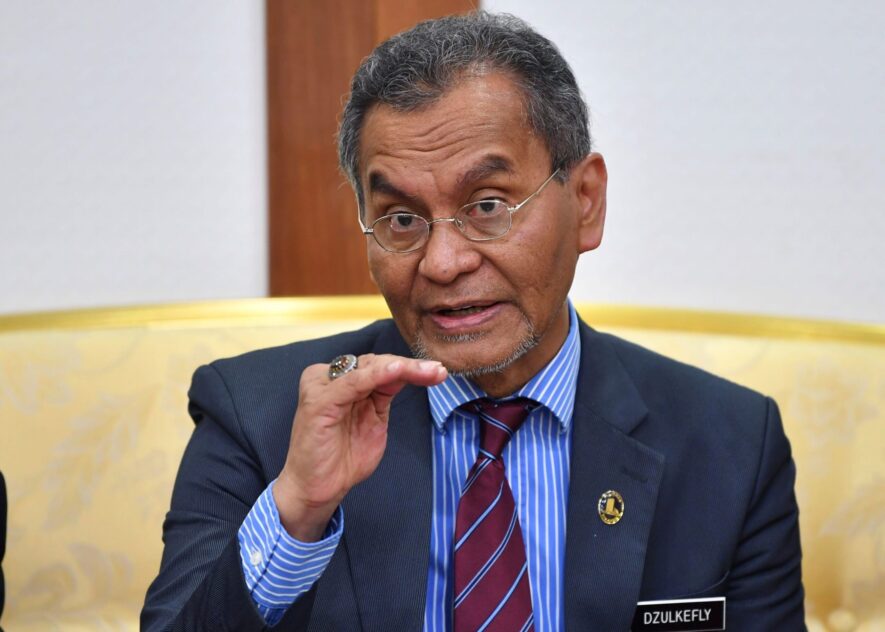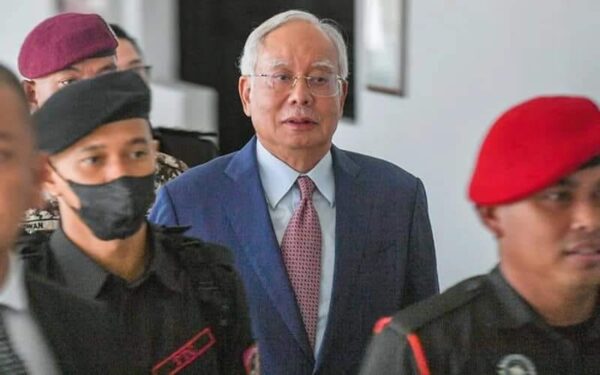By Lee Heng Guie
MANY questions have been raised on how the government is going to plan a smooth transition towards the normalcy economic and business conditions post the Movement Control Order’s (MCO) exit strategy? Can the economy and businesses get back to normal post MCO? Will there be “business as usual”? Can we continue to do the same routines prior to the Covid-19 and MCO?
It will likely be some time before everything returns to normal. I am not going to predict whether the MCO will be lifted after April 28. I expect that things will be somewhat different post-MCO. Some form of protocols related to social and economic norms will be introduced in workplaces, factories, public and crowded places, restaurants and shopping malls etc. Safe distancing is likely to be a new norm in our daily lives.
The World Health Organisation (WHO) stressed that the decision of lifting restrictions should be made on the condition that transmission is controlled; that sufficient public health and medical services are available; that outbreak risks in special settings like long-term care facilities are minimised; that preventive measures are in place in workplaces, schools and other places where it’s essential for people to go; that importation risks can be managed; and that communities are fully aware and engaged in the transition.
The government has to plan the MCO’s exit strategy in consultation with all stakeholders in deciding how best to stagger a return of the economy to normalcy, minimising the risk of Covid-19’s spread and ensuring continued production of essentials and non-essentials.
The planning of the MCO exit strategy should consider the following aspects:
A. Be better prepared in planning and communication
The Government must prepare early and transparently in the communication process in ensuring a smooth transition towards a resumption of business operations.
The Standard Operating Procedures (SOPs) for all essential and non-essential services must be ready and available, say one week before the lifting of the MCO. The relevant ministries must engage with all industries to sort out the do’s and don’ts after the lifting of MCO with conditions.
B. Lifting of MCO with conditions
It is either lifting the MCO with conditions or no conditions, where the former is the most likely situation as the government takes no chances on the occurrence of a second wave of infections. For how long will the conditions be in place? It is expected that safe distancing requirements may be for a period of one to three months or even longer, depending on the progress made in controlling the transmission.
The government must be transparent with the measures to be taken as communication and engagement with businesses are vital to facilitate them to make an early preparation to restart their operations.
C. Enhanced safe distancing counteract measures
The following set of safe-distancing measures must be put in place to protect the health of the public. These include continued social distancing and personal hygiene, the number of people in mass gatherings and customers entering stores/shops as well as the layout of tables and seating arrangement in restaurants if dine-in is allowed.
a) People visiting supermarkets, convenience stores, pharmacies and shopping malls will be required to wear masks.
b) Queue markers, atrium sales to disperse crowds and regulated entry to ensure the number of customers in-store remains manageable.
c) Visit supermarkets, convenience stores and pharmacies on weekdays or non-peak hours on weekends, whenever possible.
d) Make their purchases quickly and refrain from lingering after items have been purchased.
e) Refrain from bringing along family members to the supermarkets, especially the young and elderly, in order to reduce congestion.
f) Consider visiting other outlets if the ones they frequent tend to be crowded.
g) Employers must bear the cost of providing workers with masks and other necessary protective gear. Companies are expected to incur extra health prevention costs.
h) Malaysians returning from abroad must continue to be placed on quarantine for 14 days.
i) Screening of visitors entering or transiting Malaysia, including tightened travel restrictions on permanent residents, work pass holders and dependents.
D. All economic sectors are allowed to operate
The agriculture, manufacturing, construction, mining and services sectors will be allowed to operate according to capacity needs (in terms of the number of employees) that is as per company’s request. Alternatively, for a start, allow 70% of the workforce and gradually raise to 80-100%. Some businesses can continue to work from home. Teleconferencing tools and technology gadgets and mobile apps as well as tech startups with creative applications are expected to facilitate more efficient organisational operations and the conduct of business meetings.
E. Risk-adjusted strategy for crowding and public places as well as high-risk groups
a) Schools, colleges, cinemas, entertainment parks, wedding halls, and places of worship can be allowed to open gradually with conditions. Besides promoting e-home learning/schooling, the Ministry of Education can ponder opening schools with tiered attendance, split over different days of the week, to promote social distancing. The availability of reliable internet coverage as well as computers and laptops by low-income rural and urban households as well as poor students would constrain the application of e-home based learning. Employees can also attend e-online training courses as well as seminars and conferences.
b) Restaurants should open though takeaway is strongly encouraged. For dine-in, some basic rules of safe distancing must be observed in terms of the table layout and seating arrangements as well as wearing masks. Delivery workers must be allowed to move freely. Public gatherings with a controlled number of persons/participants can be allowed.
c) The number of riders is limited on public transportation.
d) Continue to practise the same discipline in shopping malls, that is restricted entry and business opening hours from 10am to 8pm.
e) Inter-state travelling is restricted with the exception of “emergencies” subject to getting the approval from the police station.
f) All pre-school and student care centres will also be closed, but will provide limited services for children of parents who have to continue working and are unable to make alternative care arrangements.
g) Restrictions on movements and gatherings of people. It boils down to three things. First, stay at home, as much as possible. Second, avoid socialising with others beyond your own household. Gatherings should be confined to your household.
F. Government offices and municipal councils remain open
The virus crisis exposes the government’s weakness in not developing and leveraging on e-services to enhance efficiency in public delivery services.
G. Migrant workers
The Ministry of Human Resources, Immigration Department and Ministry of Health must facilitate the hiring of foreign workers.
Lee Heng Guie is the executive director of Socio-Economic Research Centre (SERC), an independent research organisation









